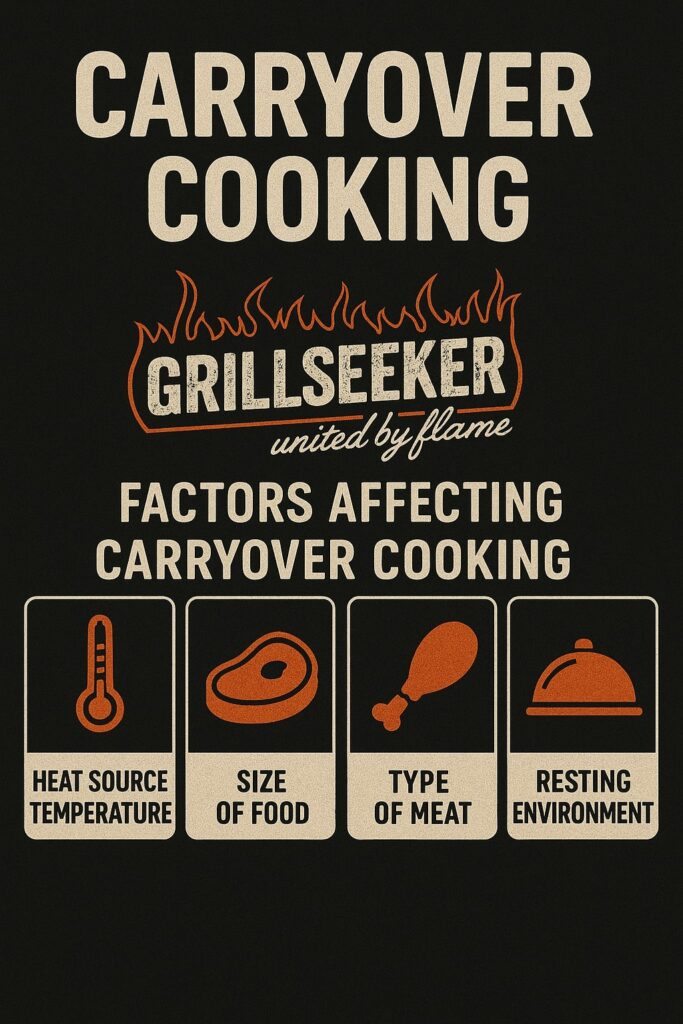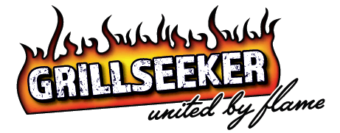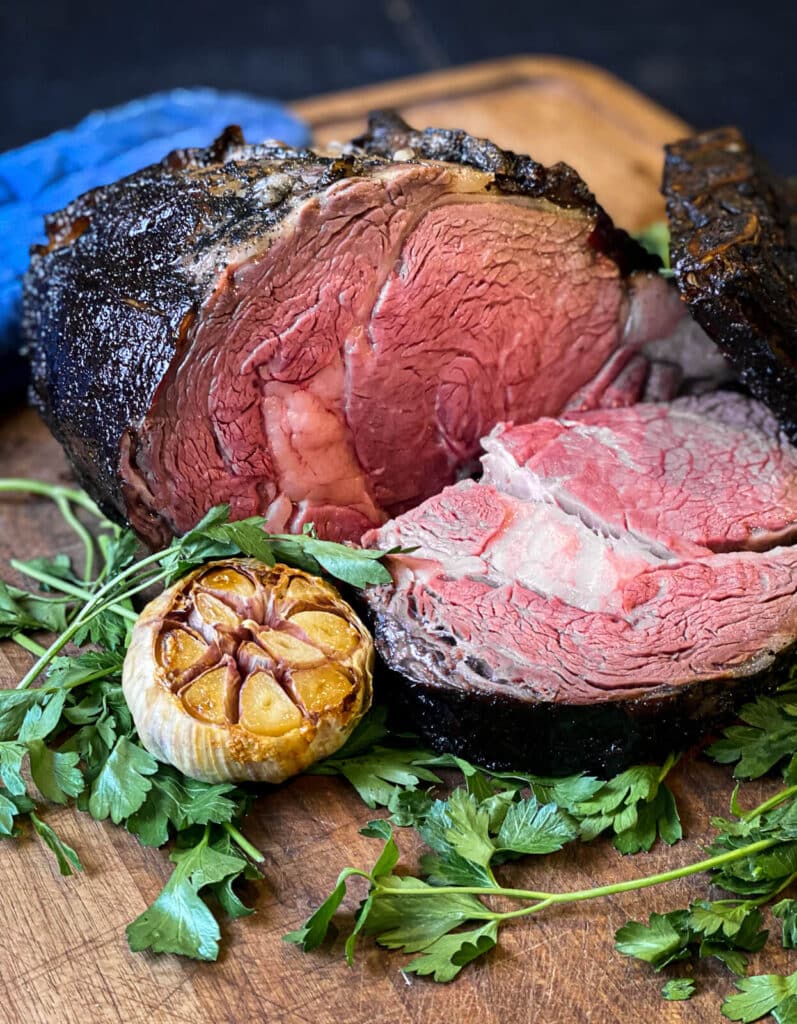You’ll see me refer to carryover cooking often in my recipes, and it’s an important concept to understand. Not accounting for this can, and likely will, result in two things: a ruined meal and extreme embarrassment when you slice into that “medium rare” prime rib and it’s actually medium well.
So what is carryover cooking? Simply put, it’s the cooking that takes place after you’ve removed your food from the heat source. That could be an oven, a grill, or even the burner on the stove.
As food is cooking and increasing in temperature, removing it from the heat source doesn’t instantly stop that increase. The internal temperature of food will continue to rise for a period of time, even after being removed from the heat.
How long food will continue to cook, and how many degrees it will increase? That’s the million dollar question, and I’ll answer it now.
How Much Does Carryover Cooking Raise Temperature?
And the answer is… it depends. I know that’s not helpful, so let me explain further. How long a food continues to cook, and how many degrees it increases in temperature after being removed from a heat source, depends on a few things.

There are four major factors that have the biggest influence on carryover cooking:
First, the temperature of the heat source. Let’s say you cook two 16-ounce ribeyes, as close to identical as possible, on two separate grills. One steak is cooked at a grill temp of 400°F, the other at 200°F. If both steaks are removed from their respective grills at an internal temp of 125°F, the steak that was cooked on the 400°F grill will carry over longer and to a higher temperature. This is because of the amount of heat energy that steak has absorbed compared to the one cooked on the cooler grill.
🔥 Grillseeker Tip: Want to learn how to control high and low heat on the same grill? Check out my guide to two zone grilling to master temperature management.
Second, the size of the food. A four-bone prime rib will carry over much longer than a single ribeye. That’s because there’s more thermal mass in the prime rib, so more internal heat to keep pushing the temperature higher.
Third, the type of meat. Beef will carry over to a much higher degree than poultry or fish. So don’t expect that salmon filet to behave the same way as a thick ribeye.
Finally, the environment the food is placed in once removed from the heat source. Let’s go back to our ribeyes. Both were cooked on a 400°F grill and pulled at 125°F. But one goes on a warm plate and is tented with foil. The other gets tossed on a cold plate with no cover. The steak on the warm plate under foil will carry over longer, because there’s less heat transfer to the environment.
There are a few other factors that play small roles here, but those are the big four.
Is There a Chart for Carry Over Cooking?
In short, no. I get this question all the time on social media. With all the variables, it would be nearly impossible to create an accurate carryover cooking guide. If you poke around online, you’ll find a few charts with rough estimates, but most of them are pretty worthless.
This really comes down to experience. Once you understand the principle, you’ll get the hang of it quickly. Trust me, it won’t take long before you’re pulling food off the grill like a pro, knowing exactly how much it’ll rise while resting.
Why I Pull Meat Before USDA Recommended Temps
You’ll notice I often recommend pulling food from the grill a few degrees before the USDA’s recommended temperatures. Carryover cooking is a big part of that. And to be honest, I live on the edge a little when it comes to those recommendations anyway.
Not because I’m unsafe, but because the USDA’s guidelines are kind of confusing. Take poultry, for example. The USDA says it’s safe to eat at 165°F because bacteria are instantly killed at that temp. But they also say poultry is safe at 140°F if held there for about 30 minutes. So, same safety result, just using time at temperature.
Now, I’m not telling you to undercook your food. But I am saying there’s more than one way to get to safe, and understanding carryover cooking helps you get there without overcooking your dinner in the process.


